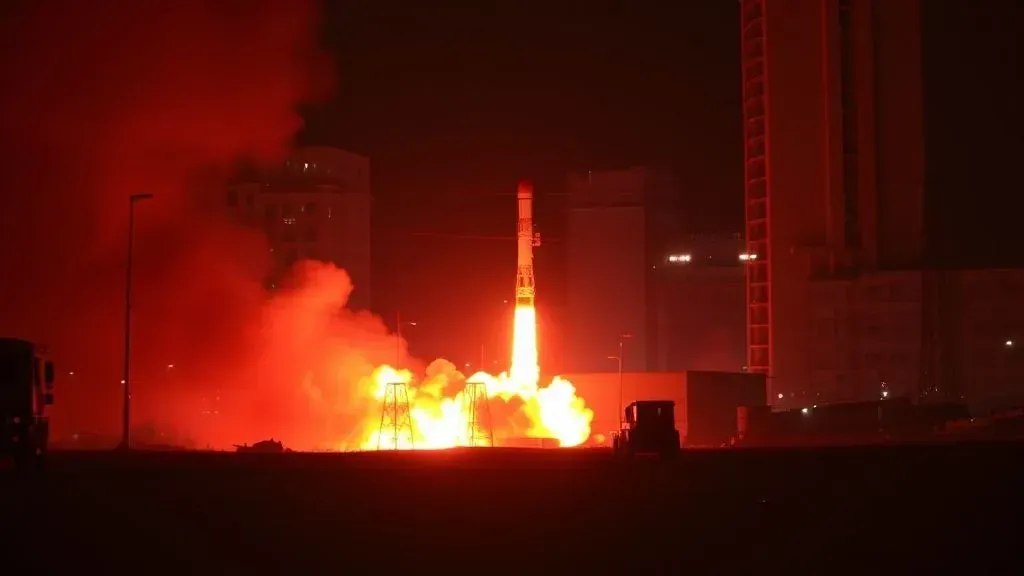
Iran's cryptocurrency transactions reached $3.7 billion from January to July 2025, marking an 11% decline from the prior year amid rising tensions. The release of two French nationals detained for over three years signals potential diplomatic progress with Europe. This event may ease pressures on digital assets, including NFTs, in the region.
Background on the Detentions
Authorities arrested Cécile Kohler and Jacques Paris in May 2022 during their visit to Iran. France labeled the detentions as unjustified.
Iran charged them with espionage, holding them in Evin prison for more than three years. Their release followed extended negotiations between the nations.
Announcement and Reactions
French President Emmanuel Macron expressed huge relief over the release of the 41-year-old Kohler and her 72-year-old partner Paris. He confirmed their departure from prison on social media.
Iran's foreign ministry spokesman stated the pair received conditional release on bail and remain under supervision pending further judicial steps. This highlights ongoing legal processes.
Geopolitical Context
The release ends years of talks over multiple French citizens held in Iran since 2022. It may indicate softening stances amid broader regional conflicts.
Tensions with Israel and nuclear talks collapses contributed to market volatility in 2025. Such events often ripple into digital economies.
NFT Trends in Iran
Iran uses cryptocurrencies to navigate sanctions, with NFTs emerging as tools for cultural expression and trade. Artists create digital works depicting local heritage and social issues.
NFTs represent ownership of unique assets like art from Iran's forests or historical sites, attracting global collectors. Platforms host these despite restrictions.
Impact on Crypto and NFT Markets
Geopolitical escalations caused a 76% drop in Iranian crypto outflows in July 2025 after failed talks. NFTs, as part of this ecosystem, face similar fluctuations.
Improved France-Iran relations could encourage foreign investment in Iranian NFTs, stabilizing prices. Analysts note crypto serves as a hedge during unrest.
Market Volatility Examples
Bitcoin dipped below $100,000 amid Israel-Iran conflicts in June 2025. NFTs tied to regional themes saw varied demand.
Outflows spiked during high-tension periods, showing investor caution. Stable relations may reverse this trend.
Expert Insights
According to TRM Labs, Iran's crypto economy reflects declining volumes and shifting trust due to external pressures. This affects NFT creators reliant on blockchain.
A report notes the regime employs digital assets for procurement, linking geopolitics to NFT utility.
Opportunities for NFT Investors
Investors should monitor diplomatic shifts for NFT market cues. Diversify into culturally themed NFTs from Iran for potential growth.
Use platforms supporting cross-border trades to access emerging artists. Education on sanctions helps navigate risks.
Cultural NFTs in Focus
Iranian NFTs often highlight women's resilience or ancient myths, offering unique value. These assets educate global audiences.
Collectors gain from authenticity verified on blockchain, amid improving ties.
Future Outlook
Easing detentions may foster tech collaborations, boosting NFT innovation in Iran. Watch for policy changes impacting digital trades.
Crypto integration with Russia exemplifies Iran's adaptation, potentially extending to NFTs.
This release underscores how geopolitical resolutions influence NFT markets by reducing uncertainty. It highlights NFTs' role in Iran's economic resilience against external pressures.



